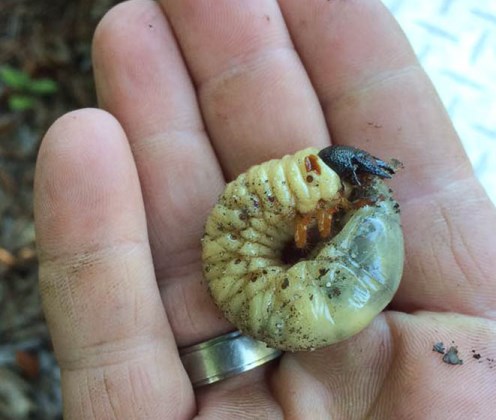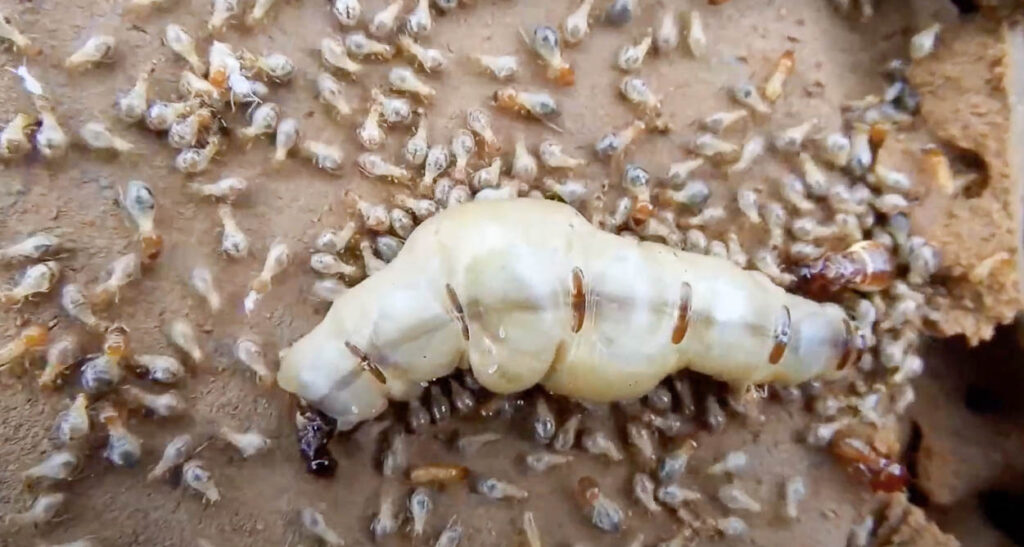What is the life cycle of termites?
The life cycle of termites is an interesting cycle, one which is special and different from that of other insects. The social behavior of these insects makes them stand out and unique. Though there are different species of termites, their life cycle remains the same.
Do you want to know how these insects keep their existence and multiply rapidly? Right here, we will be taking a look at the life cycle of termites. But before that, let’s have a quick run through the castes of termites in a colony.
- The Queen and King – In the colony, there is only one of each of these. They are considered the pioneer of the colony and they are responsible for reproduction. The queen of a colony can live for many years under normal conditions.
- The Workers – This caste of termites is about 80% of the colony and is the smallest in size. Their primary role is to find food for the other castes and develop the colony.
- The Soldiers – This particular caste defends the colony from invaders and keeps the colony safe. They don’t take part in looking for food or building. On average, they are larger than workers.

The life cycle of termites
The life cycle of a termite starts when the reproductives swarm away from their colonies to start a new home. After swarming, mating takes place and the couple looks for a suitable place to begin laying their eggs. A mature queen can lay about 20,000 to 30,000 eggs per day.
It takes only a few days before the eggs begin to hatch. When it does this, the eggs hatch into nymphs otherwise known in some species as immature termites. At this stage, the workers in the colony provide all that the nymphs need to survive after they grow. This usually continues until the nymphs molt into a caste in the termite social structure. This social class can either be a worker, a soldier, or a reproductive.
This reproduction process continues until the colony develops to a sustainable size. In order to keep the population of the reproductives in check and prevent them from developing into queens in the colony, they spread pheromones in the colony. With this, the queen can suppress the development of other queens.
As the colony continues to grow it will get to a certain point where the queen termite’s capacity as an egg-layer is no longer sufficient. At this point, the queen allows some supplementary or secondary queens to lay eggs. In cases where the queen dies or gets separated from the colony, the supplementary queens take over and the colony continues to develop.

The age group of queens depends on the species of the termite. The subterranean termites which happen to be the most common species of termites in the United States live for about 30 years under favorable conditions. But on average, their lifespan is between 15 to 17 years.
